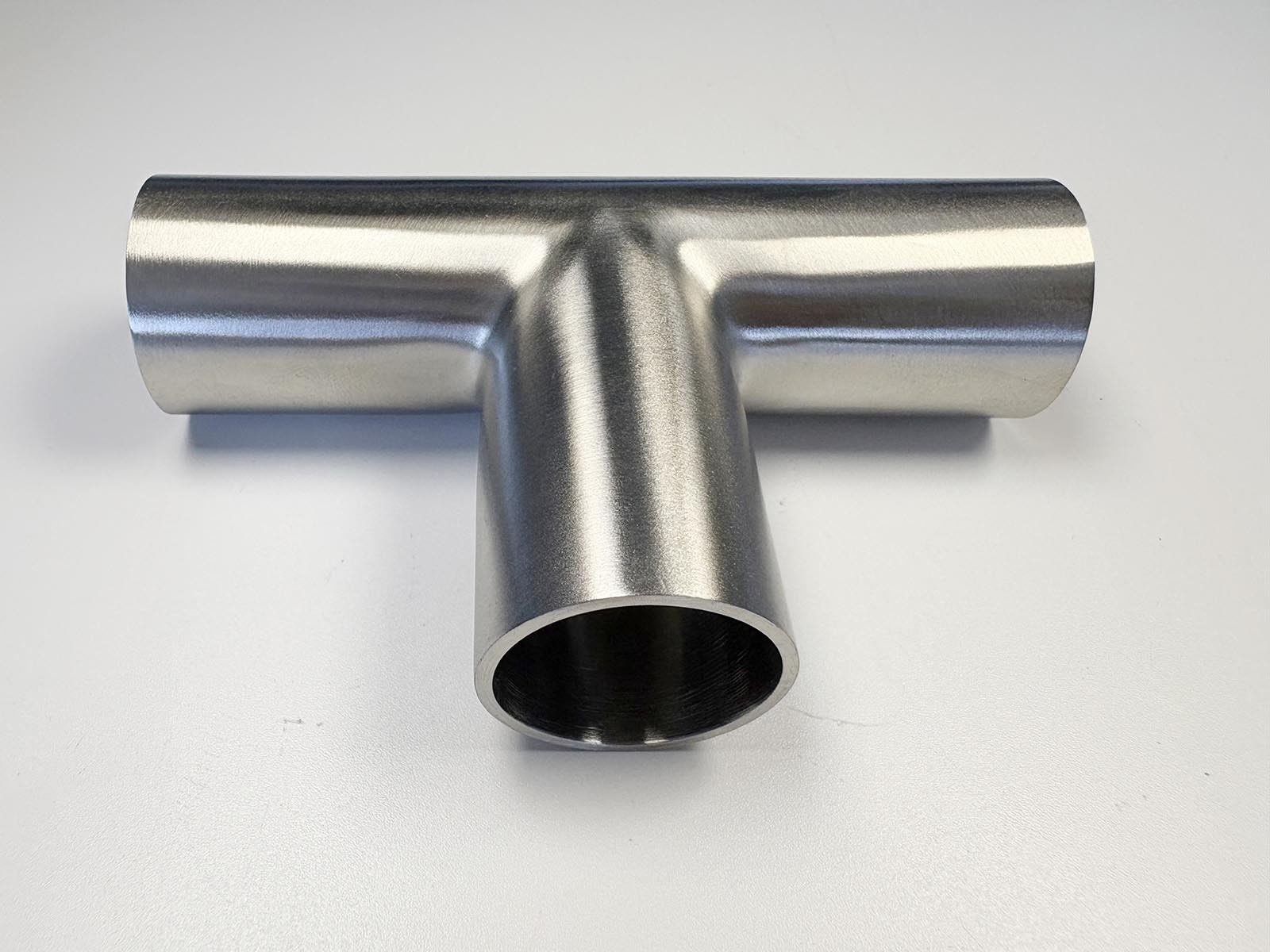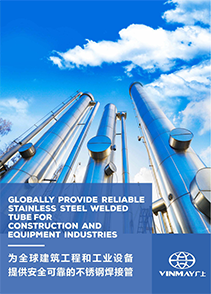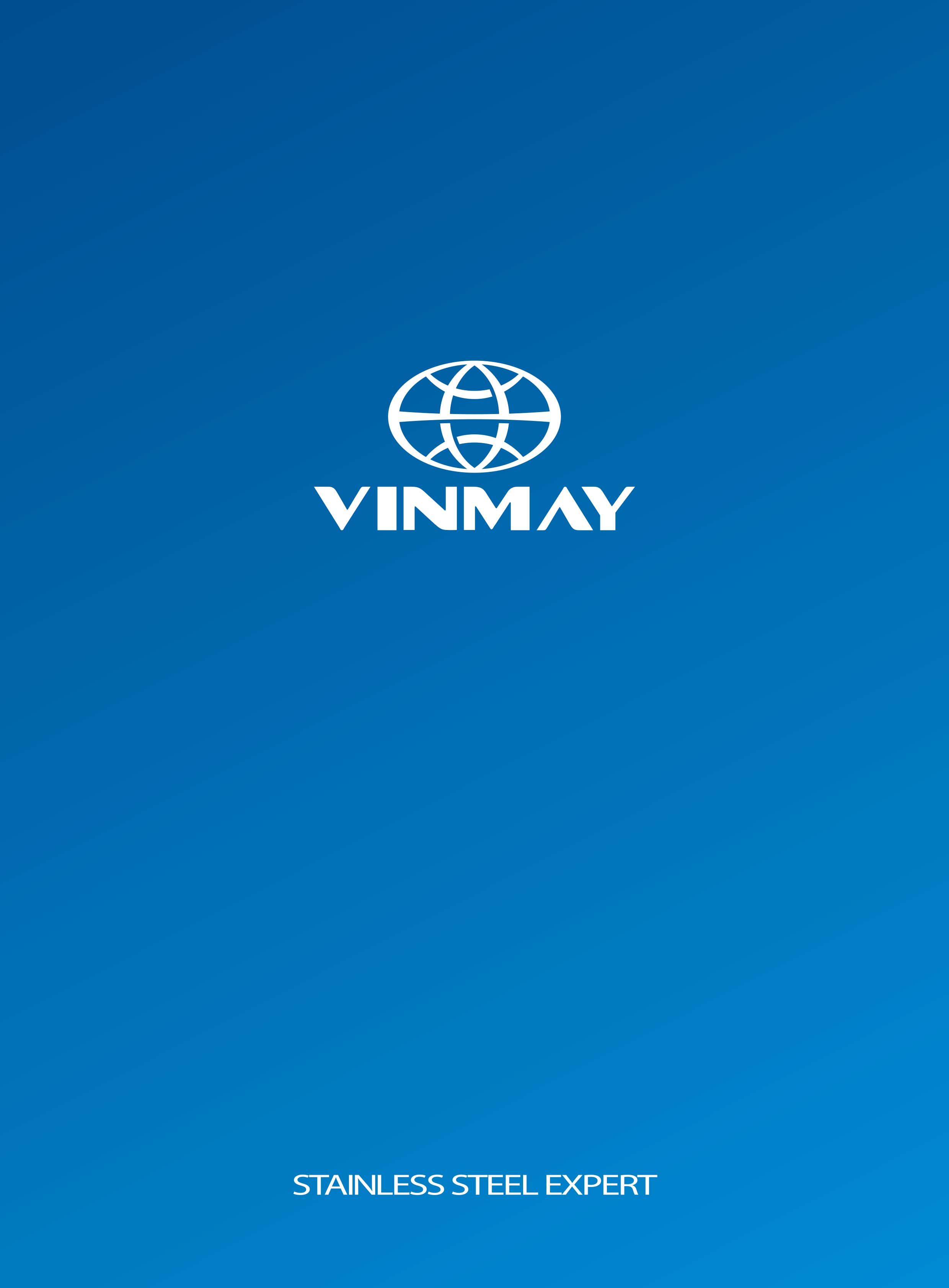In modern dairy processing systems, maintaining hygienic, reliable, and efficient fluid transportation is essential at every stage—from raw milk collection to pasteurization, fermentation, cooling, and final packaging. Among the sanitary fittings used to build these systems, the dairy stainless steel tee plays an extremely important role. This fitting is responsible for redirecting, splitting, or combining fluid flow, ensuring that milk, cream, yogurt mixtures, and whey travel through pipelines safely and efficiently.
This comprehensive guide explains everything you need to know about the dairy stainless steel tee, including its types, materials, available sizes, connection options, and industry standards. If you are working with dairy processing equipment or designing a sanitary pipeline system, this article will help you choose the correct fittings for long-term performance.
A dairy stainless steel tee is a T-shaped sanitary pipe fitting that connects three sections of stainless steel tubing. Designed specifically for the dairy and food industries, it allows fluid to split into two directions, merge into a single flow, or redirect as required by the production line.
What makes a dairy stainless steel tee unique?
Hygienic inner surface finish (typically Ra ≤ 0.8 μm)
Smooth, crevice-free welding for sanitation
Compliance with food safety regulations like 3-A, SMS, DIN, and ISO
Manufactured using high-quality stainless steel (commonly 304 or 316L)
Designed to withstand frequent CIP (Cleaning-in-Place) and SIP (Sterilization-in-Place)
Because dairy products contain proteins, fats, sugars, and minerals that easily promote bacterial growth, the use of a dairy stainless steel tee ensures product purity, safety, and sanitation throughout the process.

Splitting raw milk flow into separate processing lines
Merging cream or skim milk back into a main pipeline
Directing yogurt mixture between blending tanks
Managing flow distribution in pasteurization systems
Adding auxiliary lines for sampling or dosing
Creating bypass pathways for cleaning or maintenance
Because a dairy stainless steel tee creates a sharp directional change, it is used in locations where turbulence is acceptable or where the pipeline follows a simple branching layout.
A sanitary cross, also called a double tee, provides four connection points in a cross-shaped configuration. This type of dairy stainless steel tee allows fluid distribution in multiple directions and is used in more complex processing layouts.
Distributing milk to multiple production lines
Connecting several storage tanks
Managing flow in central CIP return systems
Feeding various stages of yogurt or cheese production
Creating multi-tank blending environments
Efficient flow management in high-volume systems
Reduces the need for multiple separate fittings
Ensures uniform distribution to multiple endpoints
Maintains sanitary performance with smooth internal surfaces
Because a sanitary cross connects multiple pipe sections at fixed angles, it is especially useful in large dairy factories where multiple processes operate simultaneously.
A sanitary wye, sometimes called a Y-tee, is a dairy stainless steel tee designed with a gentle, angled branch instead of a 90° one. This creates smoother flow transitions and reduces turbulence.
Reduces pressure loss compared with a standard tee
Promotes smoother directional changes
Minimizes buildup of dairy residues
Better suited for viscous dairy products such as:
Cream
Yogurt base
Condensed milk
Whey concentrates
At points where dairy flow must be redirected smoothly
In high-speed production lines needing minimal turbulence
In systems requiring consistent pressure
In processing lines handling delicate or thick dairy products
Because of the reduced turbulence, many engineers prefer the sanitary wye when designing sensitive dairy flow paths.

A dairy stainless steel tee comes in a wide range of sizes to accommodate different pipeline configurations used in dairy plants. These sizes match common tube dimensions used worldwide.
| Type | Connection Type | Diameter (Inches) | Diameter (DN) Type |
| Equal Tee | 1" – 4" | DN10 – DN100 | Standard Tee |
| Reducing Tee | 1" – 4" | DN10 – DN100 | Branch Smaller |
| Sanitary Wye | 1" – 4" | DN10 – DN100 | Angled Tee |
| Sanitary Cross | 1" – 4" | DN10 – DN100 | Multi-branch |
Dairy fittings must be able to resist corrosion, extreme temperatures, and chemical cleaning agents. Therefore, the dairy stainless steel tee is typically manufactured from:
Most commonly used grade
Good corrosion resistance
Suitable for general dairy applications
Cost-effective option for large installations
Higher corrosion resistance, especially in chloride environments
Perfect for aggressive CIP chemicals
Used in systems involving salted dairy, cheese brine, or whey
Low-carbon 316L eliminates weld corrosion risk
Dairy plants frequently use acid and alkaline cleaning agents. The superior chemical resistance of 316L helps prevent pitting, rusting, and contamination, ensuring the longevity of every dairy stainless steel tee.
Different dairy factories use different connection types depending on their regional standards and maintenance needs. To meet these demands, the dairy stainless steel tee is available with several connection options.
Permanent, hygienic, and crevice-free
Best for high-pressure pipelines
Common in pasteurization and sterilization lines
Fast and convenient to assemble
Perfect for pipelines needing frequent cleaning
Popular in milk receiving, mixing, and tank transfer systems
Strong, hygienic threaded unions
Very common in European dairy factories
Allow easy disassembly without sacrificing hygiene
Used mainly for low-pressure auxiliary lines
Not common for critical hygienic pipelines
Regardless of the connection type, each dairy stainless steel tee is designed for safe handling of food-grade fluids.
To ensure compatibility and maintain safety, every dairy stainless steel tee follows recognized sanitary standards. This ensures consistent quality and global interchangeability.
Widely used in American dairy equipment
Ensures strict hygienic design and surface finish
Extremely common in European dairy factories
Known for strong and durable hygienic unions
Used across European food, beverage, and dairy processing
Provides precise dimensions for fittings and tubing
Used in British dairy production lines
Known for quick disassembly and reliable sealing
Internationally recognized
Ensure global consistency and interoperability
These standards define the dimensions, surface finish, weld quality, and performance requirements of every dairy stainless steel tee used in sanitary processing.
A dairy stainless steel tee is one of the most essential sanitary fittings used in dairy processing systems. Whether it is a standard sanitary tee, a sanitary cross, or a sanitary wye, this fitting ensures reliable, hygienic, and efficient flow management throughout milk processing, cheese production, yogurt manufacturing, and CIP systems.
With a wide range of sizes, materials, connection types, and international standards available, dairy manufacturers can easily select the best fitting for their specific production needs. The durability, corrosion resistance, and cleanliness of a high-quality dairy stainless steel tee make it a crucial component for any food-grade pipeline.



